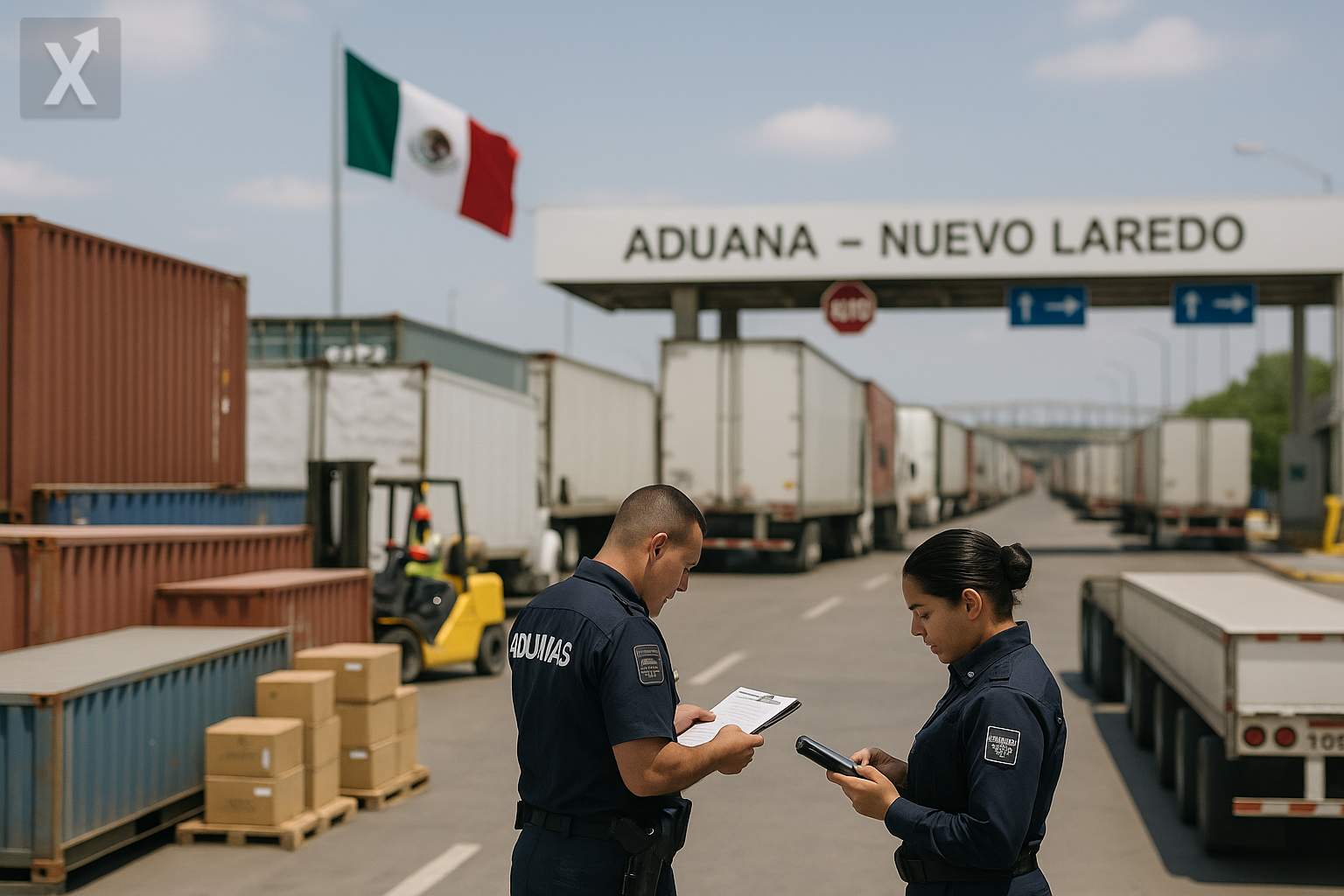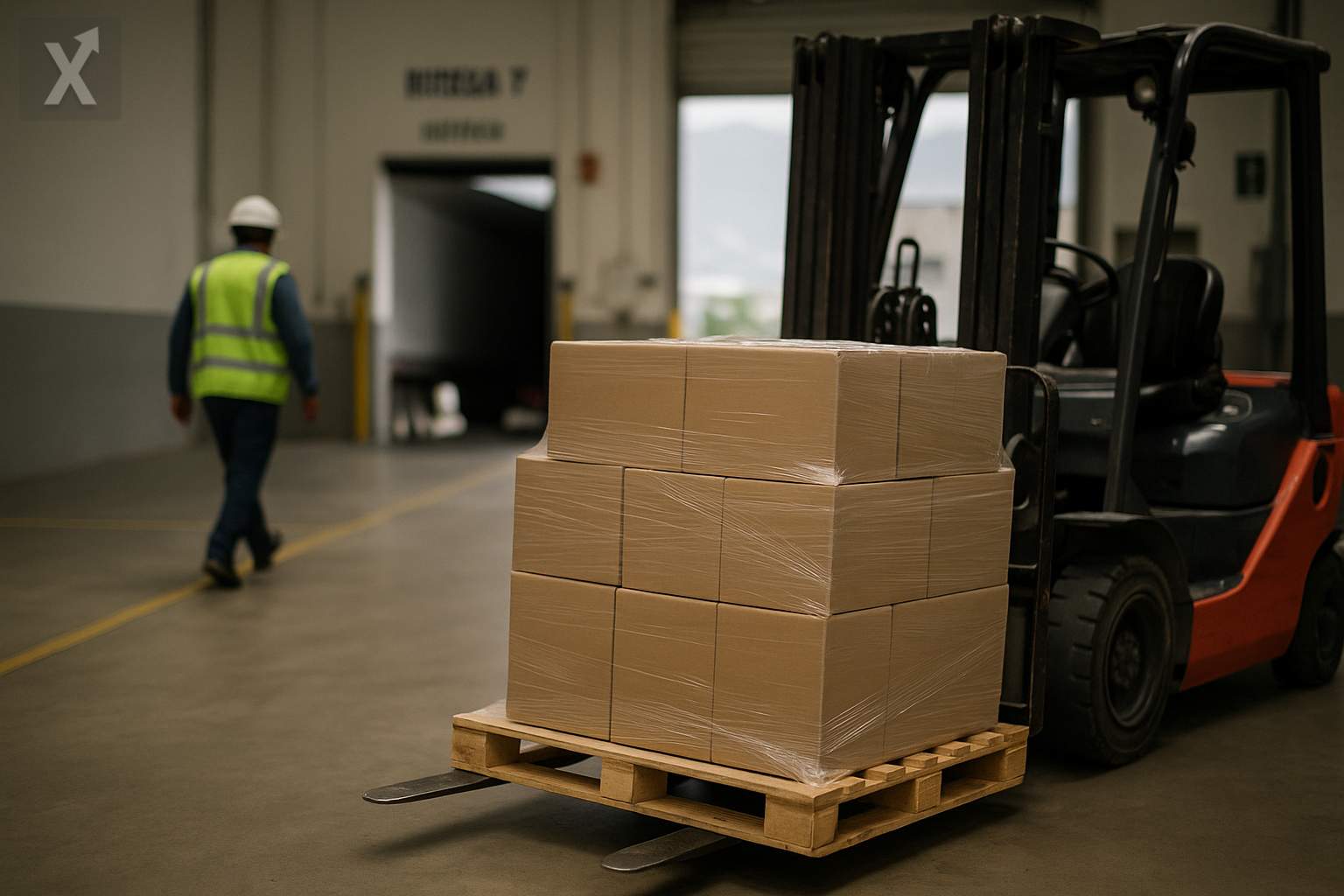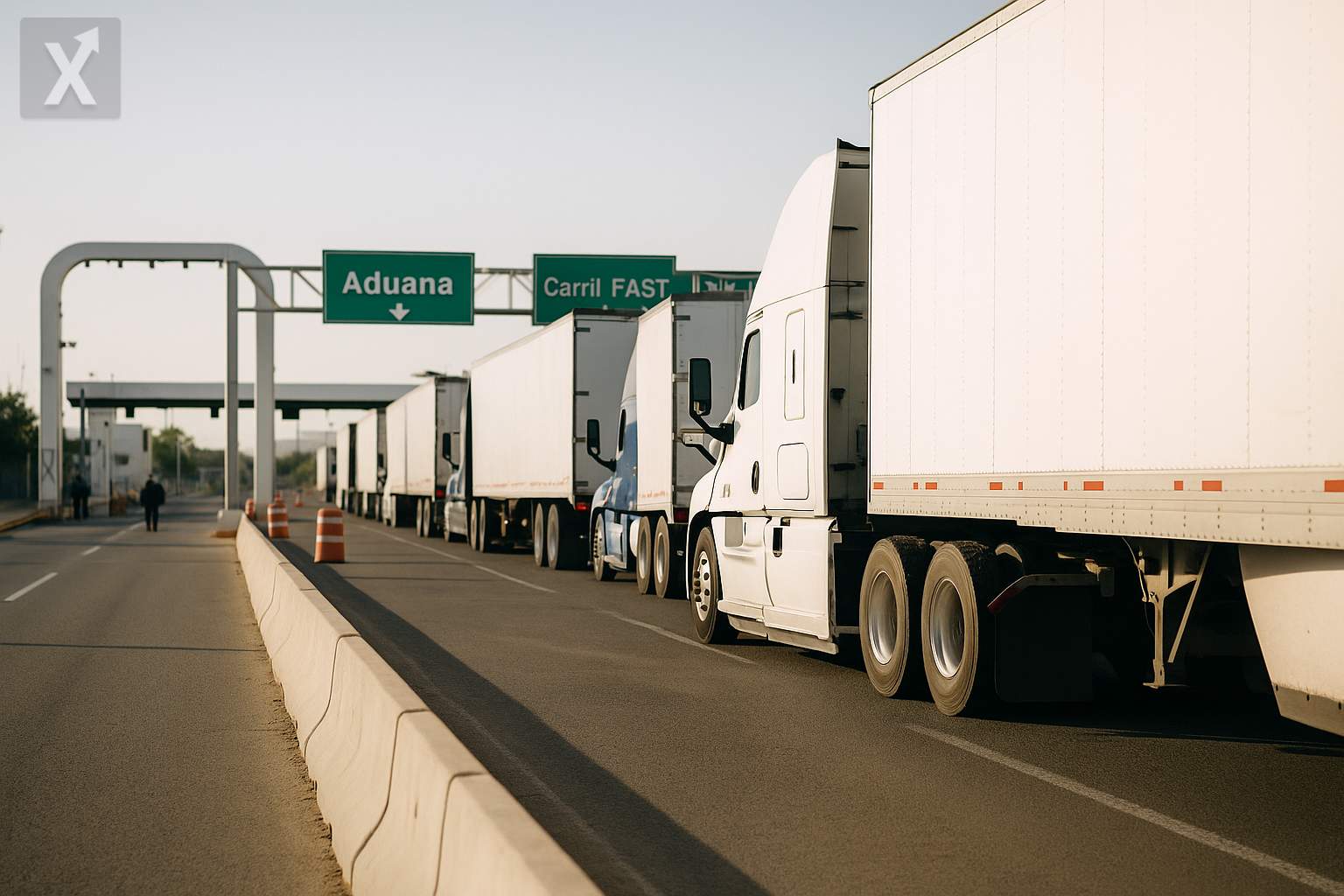Nuevo Laredo Seeks to Consolidate Its Leadership in Logistics and Attract More Investment After Years of Stigma

Nuevo Laredo, one of the main land trade hubs in Latin America, is positioning itself as a key player in the Mexican economy thanks to its strategic border location and robust logistical capacity. Up to 17,000 tractor-trailers cross every day via the International Trade Bridge III, representing nearly 40% of all freight traffic between Mexico and the United States. The city is home to the country’s top revenue-generating customs office, solidifying its role as a fundamental pillar of the United States-Mexico-Canada Agreement (USMCA).
Despite its economic significance, Nuevo Laredo continues to face public perception issues rooted in its history of security concerns. For years, the city was associated with violence and institutional neglect, but it has recently begun a process of transformation aimed at strengthening its image and attracting greater domestic and foreign investment. Local authorities, led by Mayor Carmen Lilia Canturosas, have adopted a strategy of gradual recovery, focusing on building trust among local business owners as a stepping stone toward bringing in outside capital.
By the end of 2024, the city reported a low unemployment rate of just 1.5% and is seeing significant expansion in its industrial sector. International companies like Medline—a leader in surgical supplies—have invested in new plants generating thousands of jobs, while firms such as Boeing and Rheem are preparing investments worth several hundred million dollars. This wave of growth has spurred action to prevent unplanned urban sprawl, with zoning that separates residential, industrial, and commercial areas and extends public services to historically underserved neighborhoods.
Key infrastructure projects include the modernization of the Mex II highway, which is 75% complete and expected to wrap up by September, further improving connectivity to the World Trade Bridge. Additionally, the new National Customs Agency of Mexico (ANAM) facilities are nearly finished. Their opening will bring thousands of federal employees and their families to the city, generating increased demand for housing, healthcare, and education, and creating a virtuous cycle of urban development.
The municipality is also benefiting from major federal investments, including the upcoming construction of a general IMSS hospital, planned expansion of the trade bridge (which aims to double crossing capacity by 2026), and new electrical infrastructure projects from the Federal Electricity Commission. The plan includes building a new electrical substation in the city’s western area and another in the south, as well as bringing the Monterrey-Saltillo-Nuevo Laredo passenger train—a federal government priority—to the city.
On the environmental front, the city is making progress addressing drainage and sanitation challenges, funded by municipal and federal resources with support from the North American Development Bank (NADBank). More than 1.5 billion pesos have been invested in rainwater and sanitary drainage systems, restoring contaminated waterways, and modernizing the Pitar treatment plant, which now guarantees clean wastewater discharges to the Rio Grande under binational oversight.
According to the National Urban Security Survey (ENSU), Nuevo Laredo now ranks among the cities with the highest ratings for public services. Potable water access has reached 95% of the population, and the number of informal settlements has dropped significantly, improving quality of life and increasing the number of reclaimed public spaces.
While these advances are significant, the challenge remains of ensuring continuity for policies and projects beyond the current municipal administration. Analysts note that cementing Nuevo Laredo’s role as a logistics and business hub will be key not only for the city, but also for the economic vitality of northern Mexico and the strengthening of trade relations with the United States, especially in the context of nearshoring and the relocation of supply chains to Mexico.
In summary, Nuevo Laredo is making tangible progress in overcoming longstanding stigmas through improvements in infrastructure, urban development, and public services, aiming to sustain and expand its strategic role in the Mexican economy. The challenge will be ensuring the sustainability and endurance of these achievements for future generations and the broader national border region.
Final Note: Nuevo Laredo’s transformation reflects not just a local recovery strategy, but also the new opportunities arising from global trends for Mexican border cities. Its future will depend on maintaining this cycle of investment, infrastructure development, and citizen trust, as well as on the prevailing macroeconomic and security conditions in the region.






